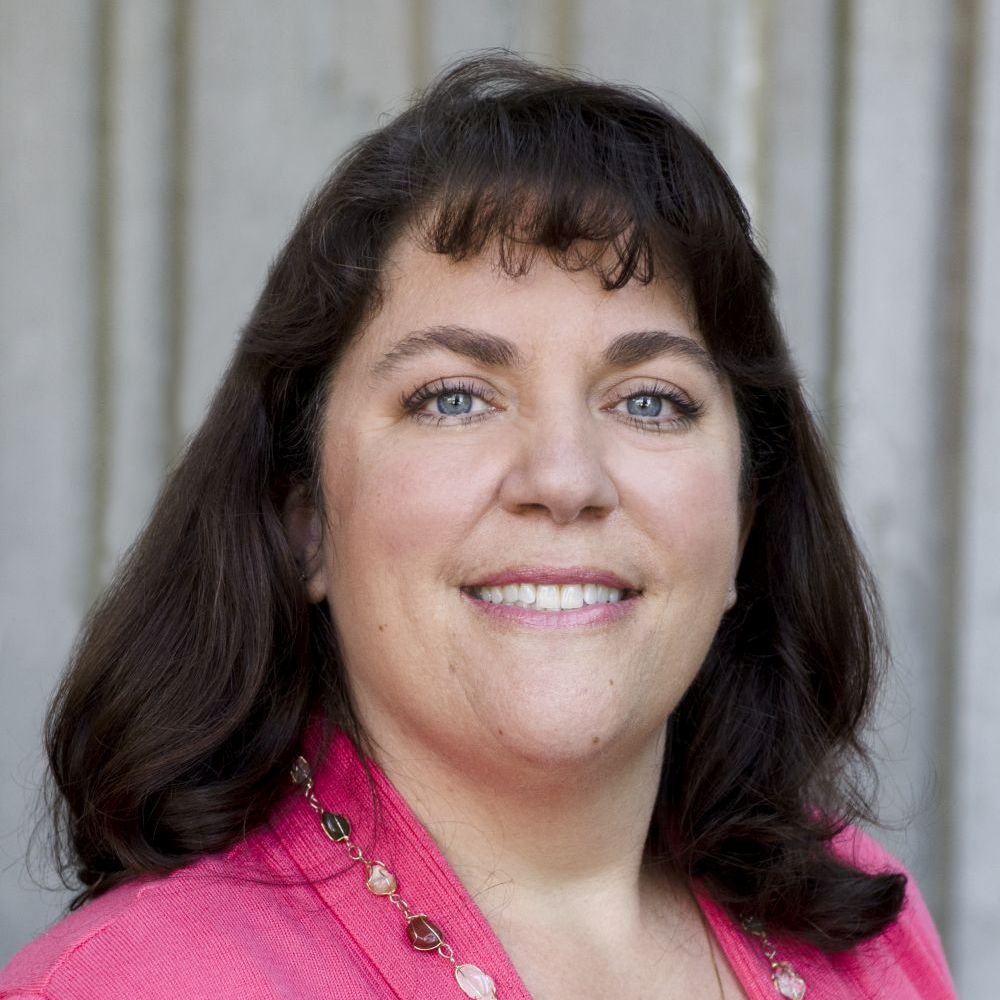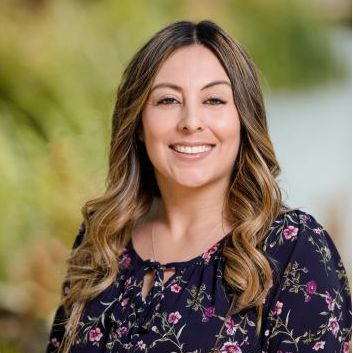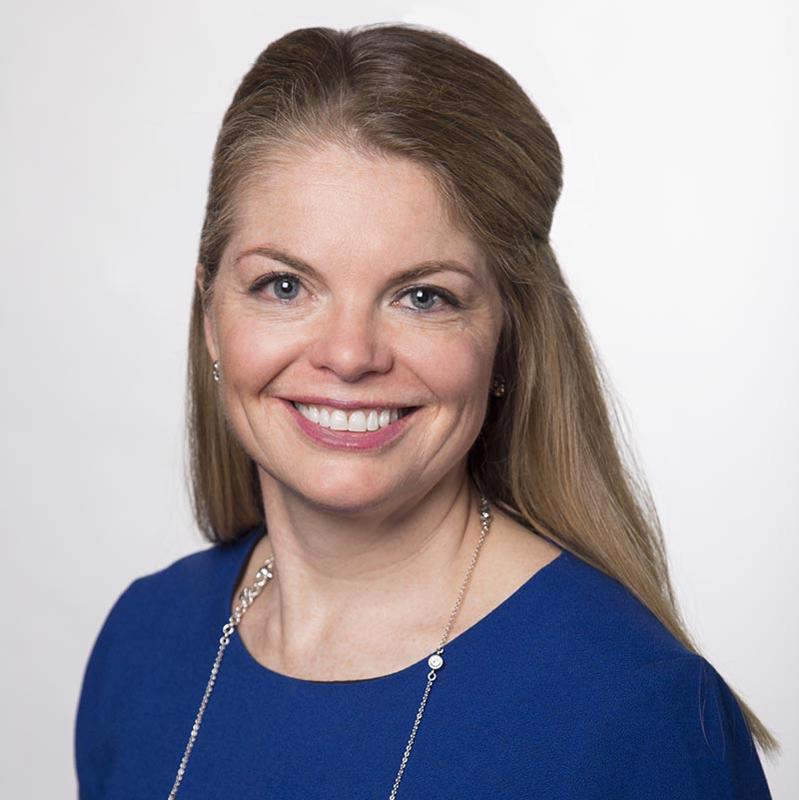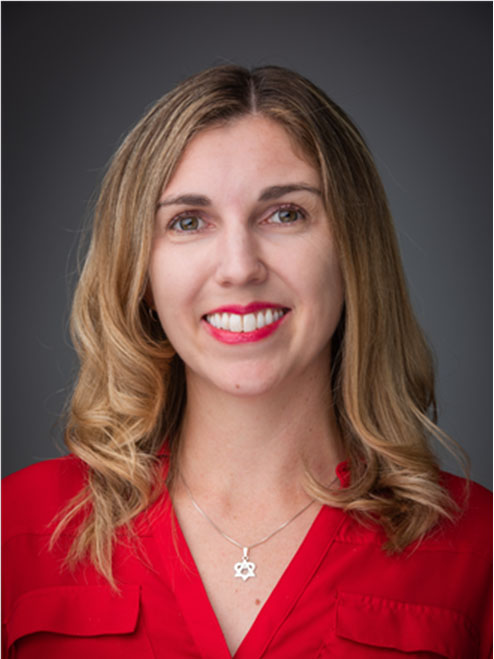Session Details
Unique Opportunities in Injury Prevention Education
Grand Salon A/B/C/D
2. Describe novel ways to approach injury prevention in various communities and families.
3. Identify different approaches to the delivery of Injury Prevention education and resources.
4. Recognize commonalities and differences in the delivery of injury prevention resources in diverse communities.
5. Discuss methods to improve injury prevention counseling with families.

Division of Pediatric Emergency Medicine
Emory School of Medicine
Children's Healthcare of Atlanta

Doernbecher Injury Prevention Program Manager
Program Coordinator, Injury Free Coalition for Kids OHSU Doernbecher
Gallarda@ohsu.edu
Approaching Mental Health with new Hospital Based Injury Prevention Program

Injury Prevention Program
Community Outreach Program Assistant
ctijerina@phoenixchildrens.com
Christina Tijerina
Angelica Baker
Teen suicide rates have increased over the past 15 years. Within our hospital, safety planning counseling is generally provided by social workers, but the distribution of safety devices such as medication lock boxes or gun locks were absent. Along with providing education and safety planning, distributing products to reduce access to lethal means is an important strategy to prevent suicide.
This program was implemented by a Level 1 pediatric trauma center in an urban setting. We established a multi-disciplinary team including injury prevention, trauma, social work, inpatient and outpatient psych and emergency department. Social workers conduct a suicide risk assessments and determine the families most in need of medication lock boxes and/or gun locks and distribute them prior to discharge. Families are eligible to receive as many medication lock boxes and gun locks as they report needing. Product distribution in the emergency department began on March 1, 2022 and distribution in the inpatient psych unit began on April 22, 2022. The Injury Prevention Program receives grant funding support to purchase medication lock boxes for distribution. Medication lock boxes distributed have stickers for suicide hotline and the number for poison control. Gun locks and gun safety handouts have been generously provided by Project Child Safe. An Injury Prevention Program Assistant with experience in crisis intervention, actively works with the inpatient units to ensure materials are replenished on the units. Social work maintains a record of the patients receiving products and the injury prevention program assistant follows up with families one month after the intervention. Data collection includes quantity of materials distributed, tracking of calls made and patient demographic information.
31 medication lock boxes have been provided to families since the distribution began on March 1, 2022. During follow up calls, families are self-reporting use of the products received or have changed how they have previously stored medications in the home. Some families self-report needing more products by identifying their own medication instead of the child/teens own medication. Families requesting more product can schedule a one on one appointment with the Injury Prevention Program Assistant. At the appointment parents/guardians are provided with an opportunity to ask questions and receive additional recommendations on safe storage along.
This program demonstrates the value of expanding availability on injury prevention products to prevent access to lethal means for young people. The program approach has been well received by hospital staff, physicians, nursing and social work to continue distributing products. Since the program soft launch, there has been an increase in awareness of product availability with limited communication. This has been demonstrated with an increase of injury prevention consults for medication lock boxes. In the future, we are planning on expanding education in the community by participating in community outreach events to distribute materials and bring awareness to prevention and safe storage. The multi-disciplinary approach to this program is creating opportunities for increased funding and program expansion.
1. Discuss how to begin distribution of medication safety boxes and gun locks to reduce access to lethal means.
2. Learn how to integrate suicide prevention into current injury prevention programming.
3. Discuss multi-disciplinary efforts focused on patient safety and suicide prevention.
Safer Firearm Storage for All Communities

Manager - Injury Prevention
Program Coordinator Injury Free Coalition for Kids, Pittsburgh
christine.vitale@chp.edu
Christine A. Vitale, MSN, RN
Jordan Cacurak, MPH, CHES
Marie Pagnotta, MPH
Barbara Gaines, MD
Throughout the pandemic firearm injuries and deaths have climbed. In our state 62% of firearm deaths are by suicide. The majority of victims are white, male, over 50 and from rural communities. The purpose of this program is to provide education and resources, to involve partners and sites appropriate to the community, and to determine the best way to focus the intervention to meet the needs of each community. If we focus on prevention of suicide and unintentional injury will the program look the same for urban, suburban, and rural participants?
Utilizing the Toolkit for Safer Firearm Storage Events we held three programs in an eight month timeframe. Funding for the program came from a local donor through our foundation and total cost of the events was $25,000.00. The rural program was held at a sportsman retail site, the suburban event at a firing range, and the urban program at a community center. Selection of sites occurred with input from community partners. A total of 224 participants attended the events. Each completed a pre-survey including demographics and current practices related to firearm storage and a post-survey regarding information learned and behaviors moving forward. Participants attended 8-10 educational stations lead by community partners, including: behavioral health, Veterans Administration, adolescent health, legislative information, Be Smart, suicide prevention task force, crisis task force and firearm experts. Upon completion of each station the participants were given hands-on instruction on firearm safety and safer storage before receiving their firearm safe and completing a post-survey and waiver.
The rural group was primarily male (68%), white (97%), in the 36-55 years age range (54%). The suburban group was primarily female ((60%), white (54%), black (33%), in the 18-45 years age range (74%). The urban group was primarily female (57%), black (93%), in the 26-45 years age range (46%). The rural group learned about the event through flyers, word of mouth, happened to be in the area. The suburban and urban groups learned about the events via social media and word of mouth. Sixty one percent of the rural participants reported their firearms are locked and 51% report ammunition is locked separately. Thirty three percent of suburban participants reported firearms locked at home and 33% also reported ammunition locked separately. In urban homes 40% reported firearms locked at home and 46% said their ammunition was locked separately. In all of the groups 50-72% who did not consistently lock all of their firearms and/or ammunition separately said they would do so within the next week.
The various groups were quite diverse and we hoped to discover if our methods for the program needed as much diversity or if a fairly standard plan would suffice. While we may make a few small changes depending on the community we found that the material being presented worked in all groups and lead to positive results in the post-surveys.
1.Plan/implement a safer firearm storage event in diverse communities.
2. Choose a site appropriate to the audience.
3. Commonalities among diversity.
Injury Free Prevention Education for the Pediatric Trainee
Simi Abraham, MD
Sandra McKay, MD
Unintentional injuries are the leading cause of morbidity and mortality among children in the United States. Pediatricians have a unique role to counsel patients and families on various topics of injury prevention (IP). Research has shown, however, that medical providers are not as comfortable and have a decreased knowledge base with injury prevention counseling.
A virtual and interactive educational form of education was implemented for the pediatric residents. Utilizing current faculty experts in content and educational programming, a 4 module curricula was created to encompass the spectrum of injury prevention. A pre-test and post-test were provided. This test encompassed multiple choice knowledge based questions as well as 5 point Likert Scale questions on the resident comfort level on discussing the topics to be presented. Data analysis was conducted on the responses of the pre and posttests utilizing a Paired T test, and Shapiro-Wilk test for validation; descriptive analysis was performed on remaining data.
Results of the pre/post test showed an improvement in the average score from 10.2/15 (median 10; range 4-14/15) to 11.2/15 (median 12, range 8-14/15) (p=0.042). The Shapiro-Wilk test revealed a normal distribution. The frequently missed questions involved firearm safety and safe sleep, important components of pediatric anticipatory guidance. Based on analysis, there was a statistically significant improvement in knowledge when comparing the pre and posttests. Learners’ reported a small improvement in comfort level with discussion about injury prevention (3.5 to 3/9/5) and were less likely to agree with the statement “I do not know what injury prevention resources to provide to families” after completing the course (3.1 to 2.5/5).
Injury prevention education is a vital component as part of the pediatric resident’s training. With the ongoing pandemic, a virtual and interactive education curriculum was a safe and efficient way to provide teaching. The improvement of the posttest knowledge responses indicate that the injury prevention curriculum is a beneficial education tool for pediatric residents. However, based on response rates, supplementation education may be needed to reinforce the topic.
1) Improve knowledge and comfort in injury prevention counseling among pediatric residents
2) Discuss leading causes of injury related deaths in children
3) Counsel families on topics related to child safety.
Prepped and Ready: Educating on Safe Storage Via Webinars

Child and Adolescent Psychiatrist
Developmental and Behavioral Sciences
Children’s Mercy Kansas City
Associate Professor of Pediatrics
UMKC School of Medicine
ssullivant@cmh.edu
Shayla Sullivant, MD
Hung-Wen Yeh, PhD
Alexandra Hartwig, MS
Mark Connelly, PhD
Rates of suicide by firearms and medication ingestion steadily climb among US youth. We developed Prepped and Ready, an educational program for parents to teach about the impulsivity inherent to the teen years, with an emphasis on enacting safe firearm and medication storage to prevent suicide. The goal of this research study was to pair education with provision of tools to enact safe storage, and measure if caregivers made changes with firearm and medication storage after participating in the program.
The study team partnered with community organizations who promoted the opportunity through social media and newsletters and hosted the live webinars. One English-speaking parent/caregiver per household who viewed the 90-minute webinar qualified to participate in the study. As part of study participation, parents/caregivers received a toolkit by mail that included a lockable medication storage box, four weekly medication organizers, medication disposal bag, an educational pamphlet, and a gun lock if desired (total value: $50). Prior to viewing the webinar (T1), participants provided information on demographics and current storage practices using an online questionnaire. Immediately following the webinar (T2) and two weeks later (T3), participants again completed online questionnaires about their storage of medications and firearms. Responses to the surveys were summarized using descriptive statistics and generalized linear mixed models (GLMM) with and without missing data imputation were used to evaluate changes in self-reported safe storage practices over time. All analyses were conducted using applicable packages in R.
A total of 328 eligible participants completed the T1 survey; 91.2% and 78.4% completed the T2 and T3 surveys. The majority of the 328 participants were female (77.7%), college-educated (93.6%) and white (93.6%). Participants lived in urban (12.5%), suburban (53.7%), and rural (33.8%) areas. At baseline, 49.1% of participants reported a firearm in the home. Among the firearm owners, 13.7% reported using cable gun locks at T1, with 25.8% using cable gun locks at T3. In addition, 40.2% reported learning more about how their firearm was stored in their home since the presentation. The odds of participants using a cable gun lock between T1 and T3 more than doubled (2.88 times without imputation, 95% CI 1.36 – 6.14, p < 0.006; or 2.09 times with worst-case imputation, 95% CI 1.02 – 4.29, p = 0.02). Of the 247 participants who at baseline had unlocked medications at home and who completed the T3 survey, 46.6% reported having disposed of old medications, 44.1% reported locking up bottles of medication, and 35.2% reported using medication organizers.
This study shows evidence that a webinar for parents emphasizing safe storage, paired with provision of tools to enact changes, may improve storage practices. Generalizability of these findings is limited by a lack of diversity in our study sample.
1. Identify how provision of tools in addition to education may improve safe storage of firearms and medications within the home.
2. Acknowledge that a significant percentage of individuals who have firearms at home may have questions about how they are stored.
3. Review possible reasons why a live in-person presentation may lead to higher rates of behavior change when compared to a webinar with the same content.
Lessons from Bloomberg Philanthropies’ injury prevention programs

Bloomberg Philanthropies
rebecca@bloomberg.org
Rebecca Bavinger, MPA
Bloomberg Philanthropies supports a global road safety program and an initiative to prevent global drowning. In our road safety program, we have several ongoing advocacy campaigns for mandatory child restraint systems, including a success story from the Philippines, as well as city partnerships for speed management, including a focus on low speed zones around schools. Our drowning prevention program has focused on child drownings, using childcare centers to prevent drowning among 1-4 year olds in Bangladesh and survival swim instruction to reduce risk among children aged 6-15 in Vietnam In both programs, we partner with governments to have wider impact through our implementation models. This talk will focus on lessons from those programs, both in terms of impact but also in terms of sustainability through building political will and government ownership.
1. Focus on following the data and using evidence-based interventions to address road safety and child drowning
2. Specific attention to children through advocacy for child restraint systems and low speed zones around schools (to prevent road traffic injuries/fatalities), as well as implementation of childcare centers and survival swim instruction to prevent drowning.
2. Partnerships with goverments for wider reach and sustainability of programs
